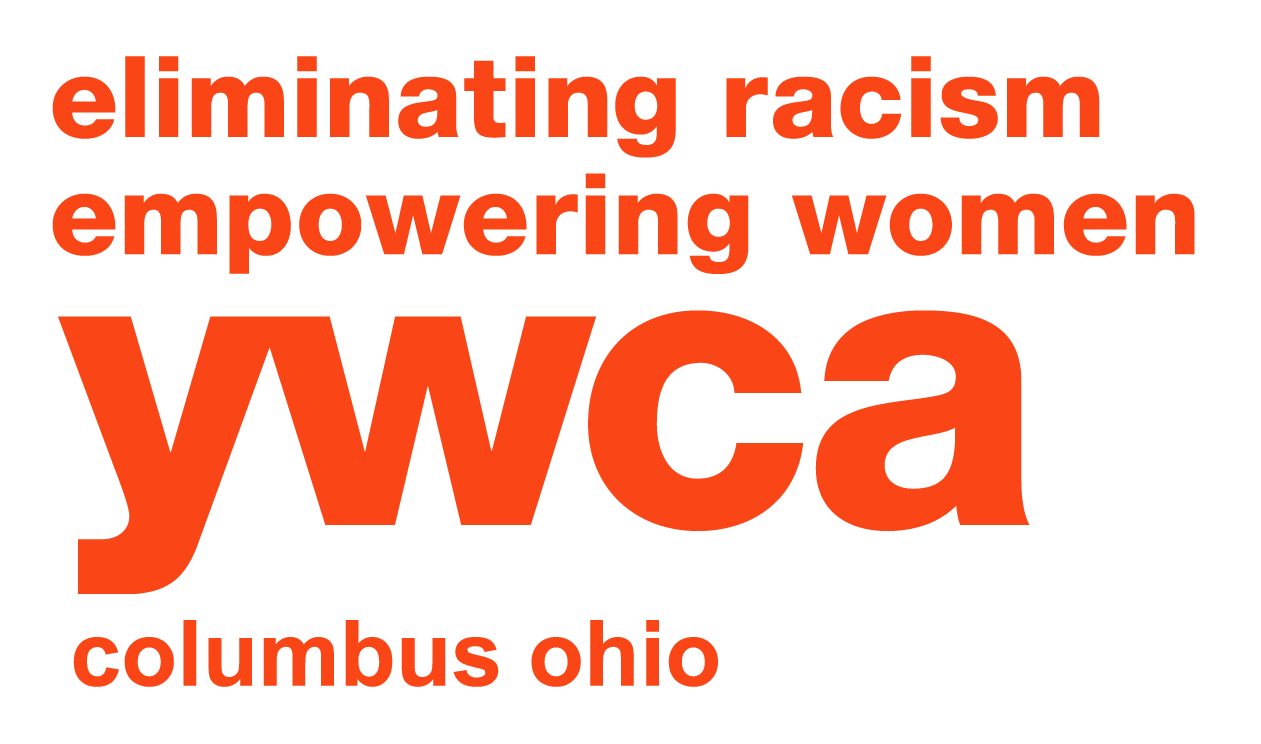Center for Racial Equity
American Electric Power Foundation Center for Racial Equity at YWCA Columbus
YWCA Columbus is proud to announce the launch of the American Electric Power Foundation Center for Racial Equity at YWCA Columbus.
Our community is coming together to build lasting change – and YWCA Columbus is proud to be a partner in this transformative work.
Producing social change requires us to change hearts and minds and dismantle the systems that uphold white supremacy. We approach social change through education, engagement, and empowerment.

-

Justice, Equity & Belonging Training
A series of education and workshop sessions to help individuals, groups, and organizations understand and actively combat racism.
-

Leadership for Social Change
This program engages young women, helping them understand how discriminatory practices, policies, and beliefs produce various forms of inequity.
An Inside Look of our Equity Training – Watch now
Dive in with our team - and see how we're putting our mission of eliminating racism into action here in Columbus, Ohio.
Equity Training, Social Justice, YWCA Columbus


